Best cycling base layers for winter 2026 – warm, dry options at every price point
We test 10 of the best cycling base layers to keep you comfortable from fall through spring
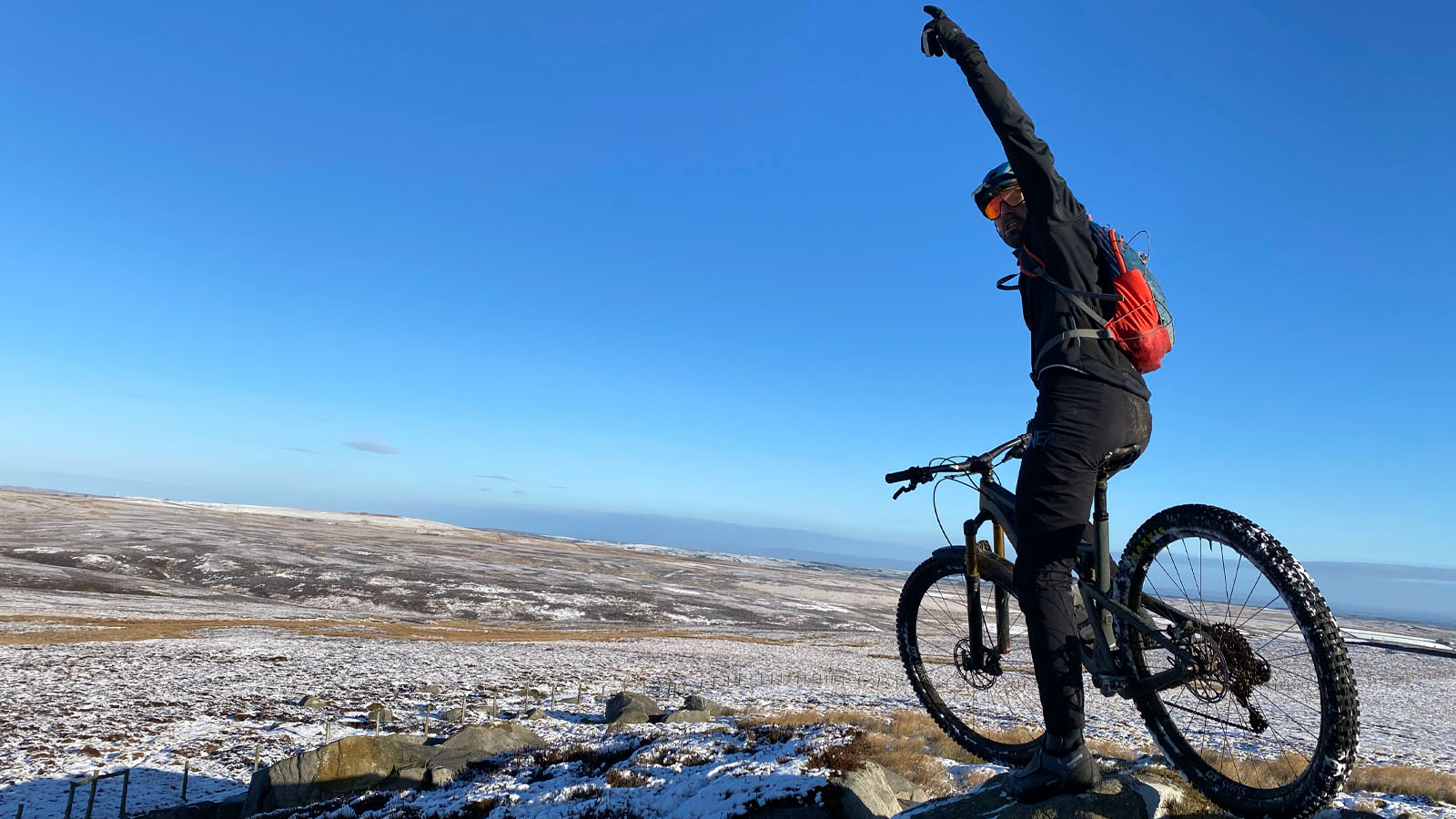
- Quick list
- 1. Best overall
- 2. Best value
- 3. Best for temperature control
- 4. Best for lightweight cosiness
- 5. Best budget buy
- 6. Best for coldest weather
- 7. Best all-round outdoors wear
- 8. Best lightweight long-sleeve
- 9. Best as a superlight mid layer
- 10. Best packable extra
- How to choose
- How we test
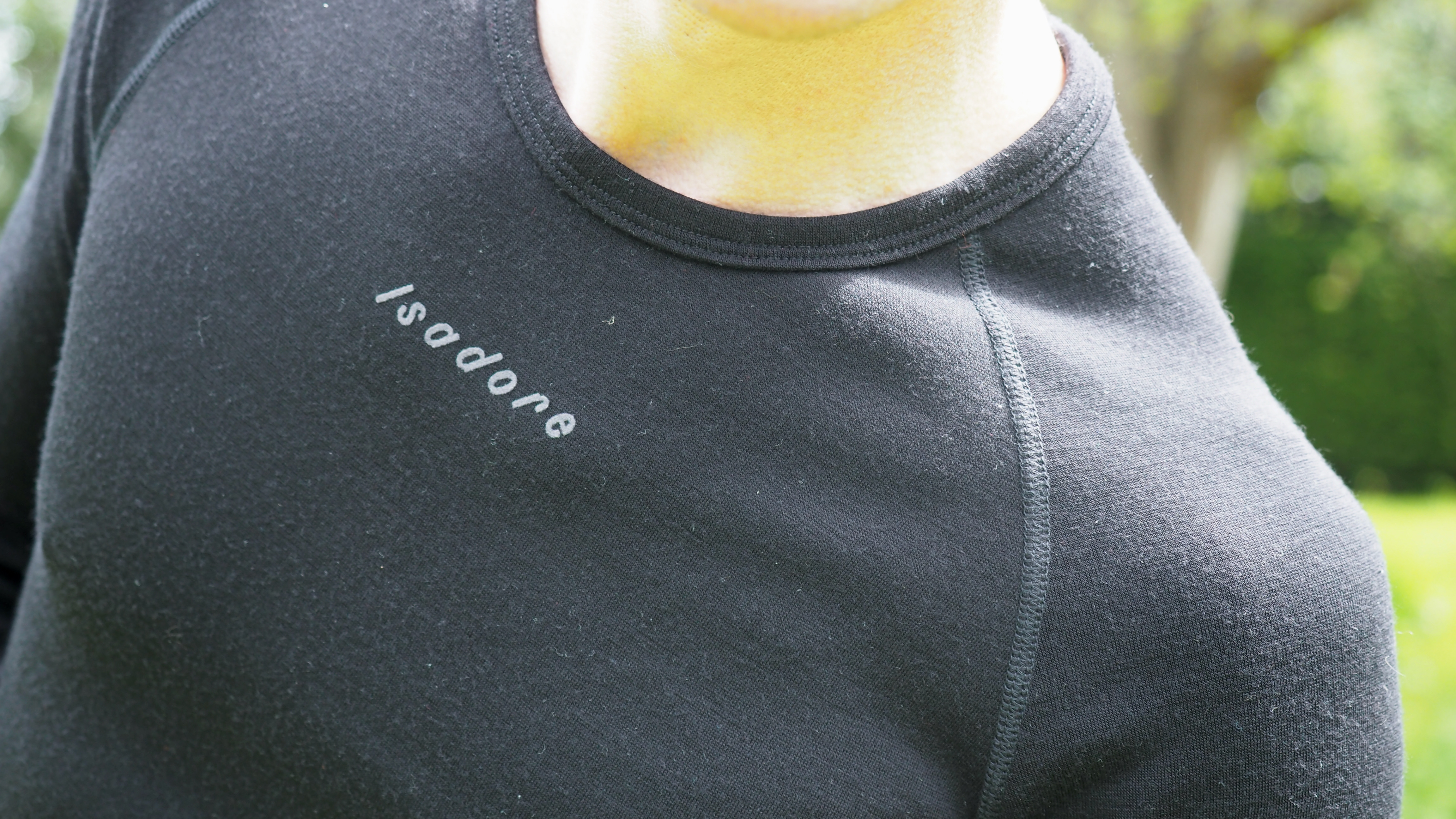
1. Best overall
2. Best value
3. Best for temperature control
4. Best for lightweight cosiness
7. Best all-round outdoors wear
8. Best lightweight long-sleeve
Layering your cycling clothes is the key to winter warmth and comfort, and as Guy Kesteven explains, the right winter base layer is the foundation. It’ll trap a layer of warmth against the skin and it’ll move sweat away (meaning your body isn’t wasting warmth and energy trying to evaporate it). It should also let you move freely, and just feel nice against the skin. Basically, as I found while riding, you shouldn’t even notice it, except to wonder why you’re feeling more comfortable than the weather conditions suggest you should.
The base layers that I and other Bike Perfect editors have been testing for this guide since last winter range from a cheap, megastore special, to a super-sculpted multi-woven work of art, and none of them will let you down. Most are synthetic; I've also included a couple of merino wool options, which have their fans though typically don’t move moisture as well.
Any synthetic tee will be better than a cotton one, because it will be less absorbent, but a proper wicking base, like all the ones tested here, will be made with microscopically grooved fibers that actively channel moisture off the skin, and on through your MTB jersey and your breathable jacket.
Some of the best cycling base layers for winter are long-sleeved, some are short (though they often come in both variations), some will take the edge of the winter chill, others are for going fully into winter battle mode. If you're looking for something for the warm months, head over to our best cycling base layers for summer guide.
The best cycling base layers for winter
Why trust BikePerfect
The quick list
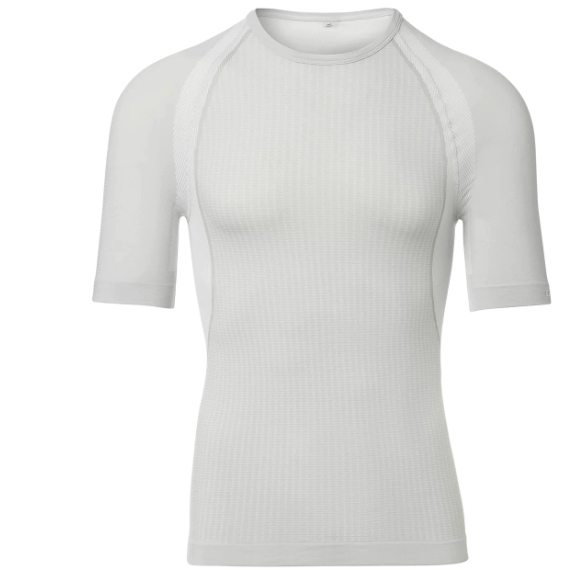
Best winter base layer overall
Base layer gold: stretchy, comfortable and high performing
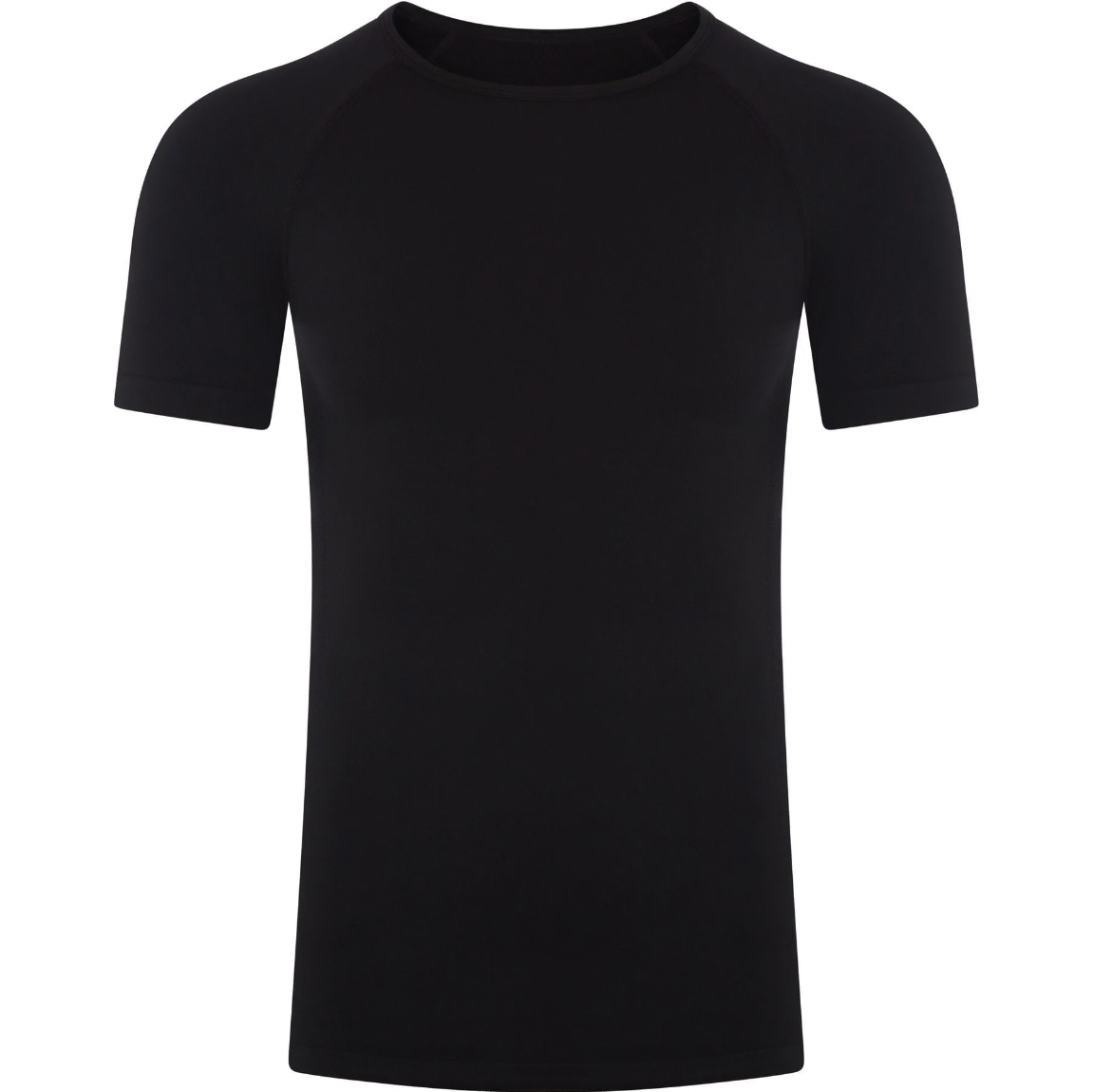
Best value winter base layer
A thoughtfully designed base that hits the spot from fall through to spring
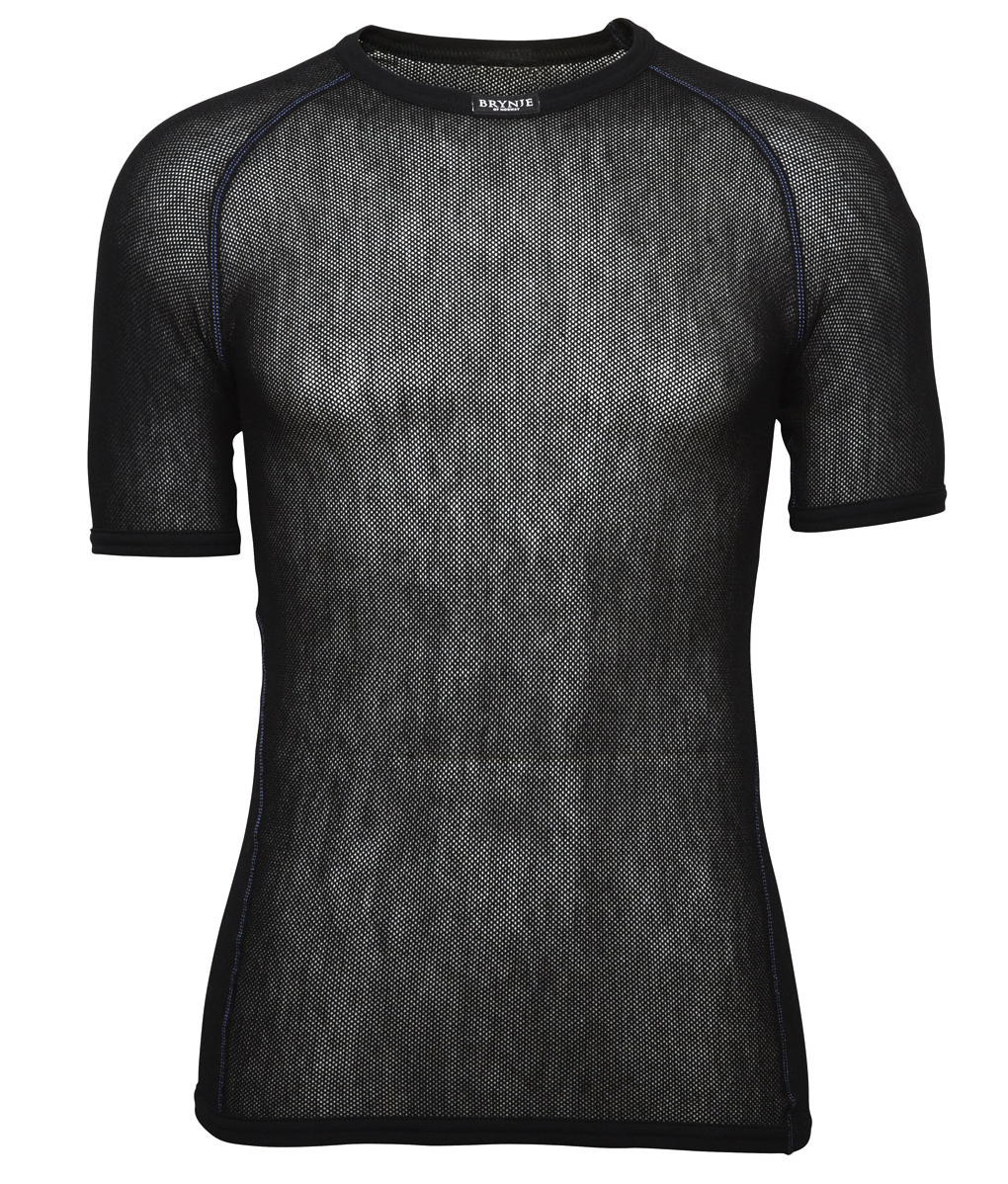
Best for temperature control
Excellent merino / synthetic mix, with a mesh weave for breathability
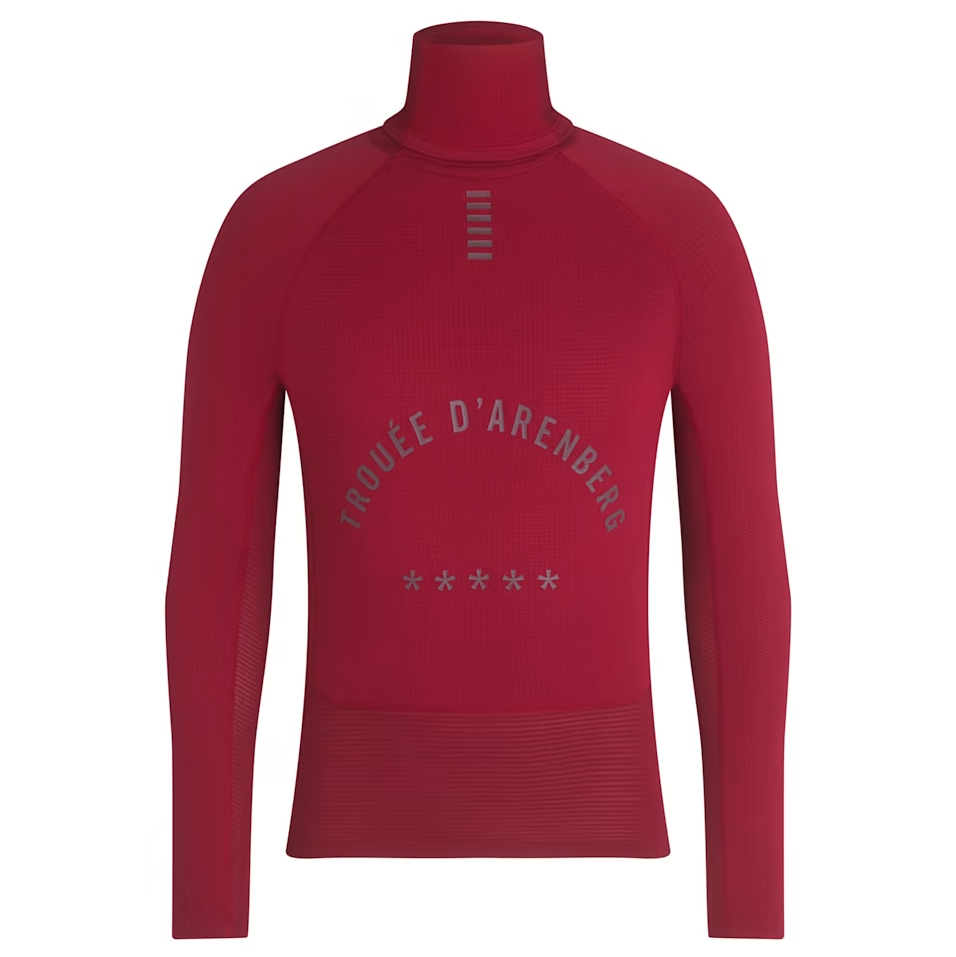
Best for lightweight cosiness
Brilliant balance of warmth and breathability, with a draught-beating roll-neck
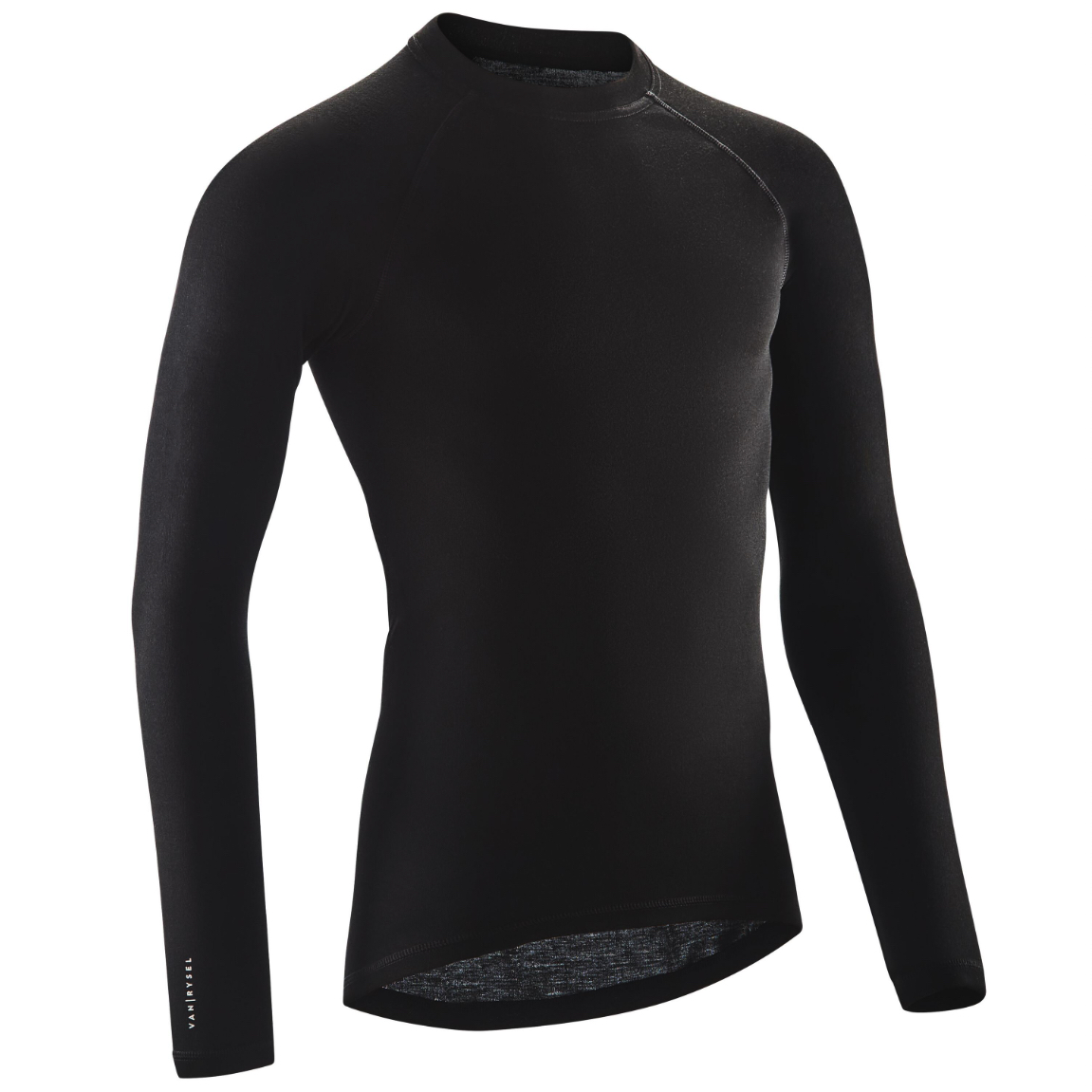

Best for coldest weather
High tech weaves give this base an extraordinarily constant and un-clammy body temperature
See the next 6 base layers ↓

Best for all-round outdoors wear
A midweight 100% merino option – this is bike clothing without feeling too much like bike clothing
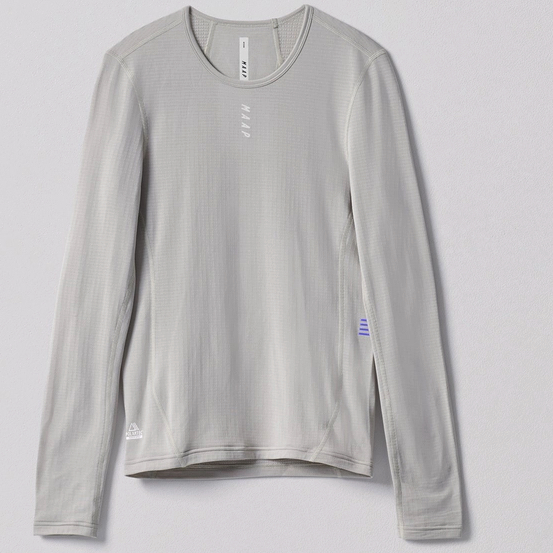
Best lightweight long-sleeve
Like Rapha's top, the textured Polartec Power Grid fabric in this base works extraordinarily well

Best as a superlight mid layer
Light and packable top with a minimalist honeycomb fleece backing
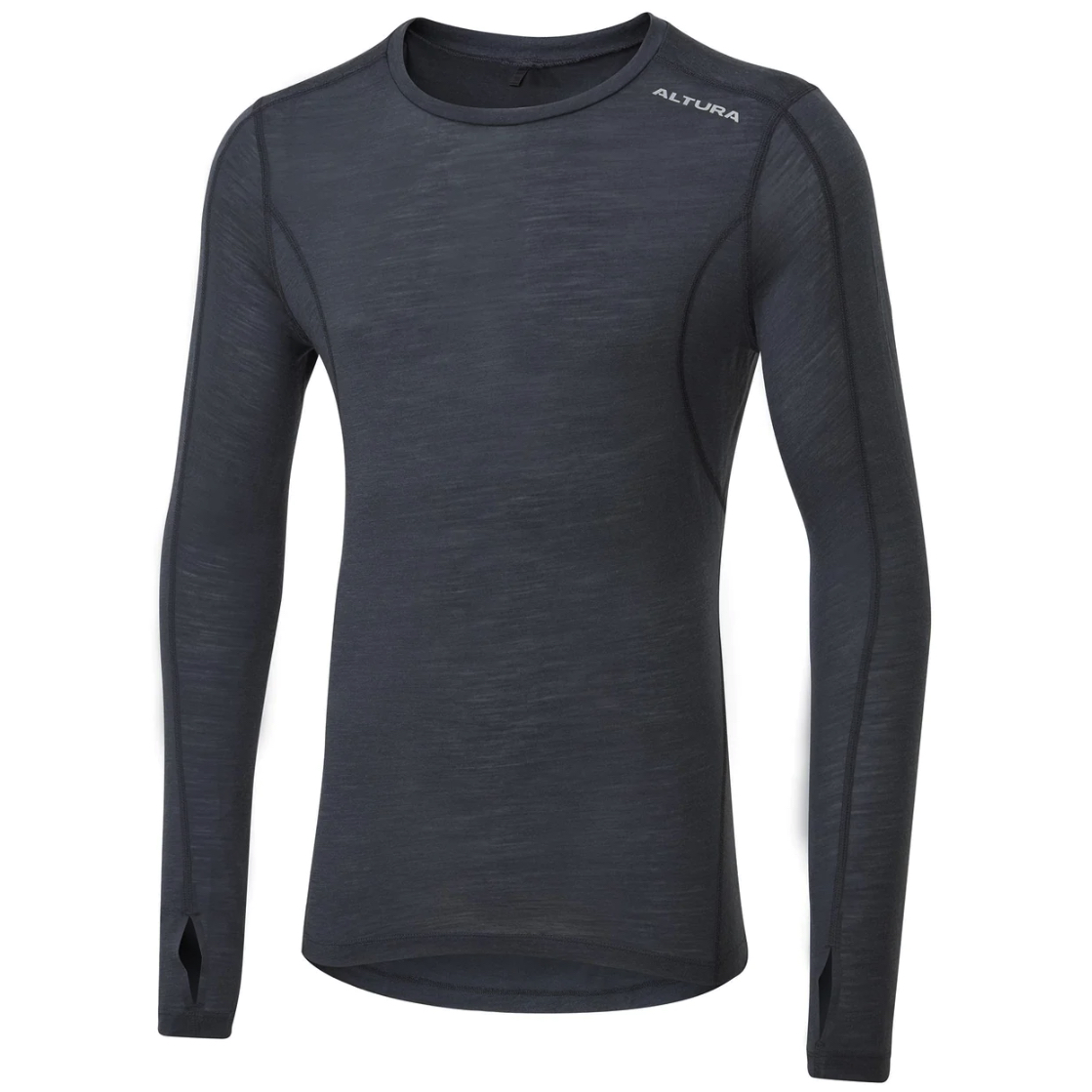
1. Best overall

Specifications
Reasons to buy
Reasons to avoid
Giro’s Chrono base has the kind of soft, stretchy comfort that would make you want to wear it even if it wasn’t a top performer. Luckily, I discovered that it is a top performer too, combining close fit and easy articulation, with impressive dryness and enough warmth to be part of a versatile layering system from September through April.
I appreciated the very lightly brushed inner face, which traps a little warm air and helps wicking. Its fabric has different textures in different places; lightly ribbed in the back, the top of the sides and under arms for articulation; and patterned with slightly more breathable pinholes on the front and where you tuck it in. The main body is seamless, and the shoulder seams are flatlocked and cut diagonally, which I found helped with fit and articulation.
It’s priced at the luxury end of things (or the Christmas present end of things), but chances are it would see a lot of use if you had one.
For more info, see our full Giro Chrono Base Layer review.
2. Best value

Specifications
Reasons to buy
Reasons to avoid
I found Madison’s Roam Isoler an easy base layer to like. It’s soft and stretchy with a fit that's close enough to sit right against the body, which means good wicking and no draughts. But I also liked the fact that it’s not so tight that I had to wrestle to get it on or noticed it when I breathed.
For late fall through to early spring, I found it hit a Goldilocks balance in terms of temperature. Its weave was dense enough that I was reassured of a thermal benefit, but not so dense that I had to think too hard about whether it would be too warm for the precise weather and level of effort I was planning.
Add in generous length for tucking in, and a price firmly in the lower-third of the market, and you can see why it’s an easy base to recommend.
For more, see my full Madison Roam Isoler Mesh Short Sleeve Baselayer review.
3. Best for temperature control

Brynje Wool Thermo Light T-Shirt
Our expert review:
Specifications
Reasons to buy
Reasons to avoid
The Wool Thermo Light is the more refined version of Brynje’s warm and controllable Super Thermo mesh base. The mesh is finer, so it looks more normal, and I liked the softness and odour control of merino, which polypropylene lacks.
Brynje’s secret weapon over a normal flat-weave base is that the mesh weave allows you to dump excess heat easily if you’re wearing a zip-neck top over it, which I love. If you haven’t tried a mesh like this, it’s a game changer on tough climbs.
And the Wool Thermo Light’s secret weapon over a pure merino base is that the 20% polyamide – and the mesh weave – helps to transport sweat away way better.
I still wholeheartedly recommend the Super Thermo for its genuinely astonishing warmth and dryness, but I was pleasantly impressed by the Wool Thermo Light. If you want the benefits of merino, it’s probably the most practical way in.
Read my full Brynje Wool Thermo Light T-Shirt review for more.
4. Best for lightweight cosiness
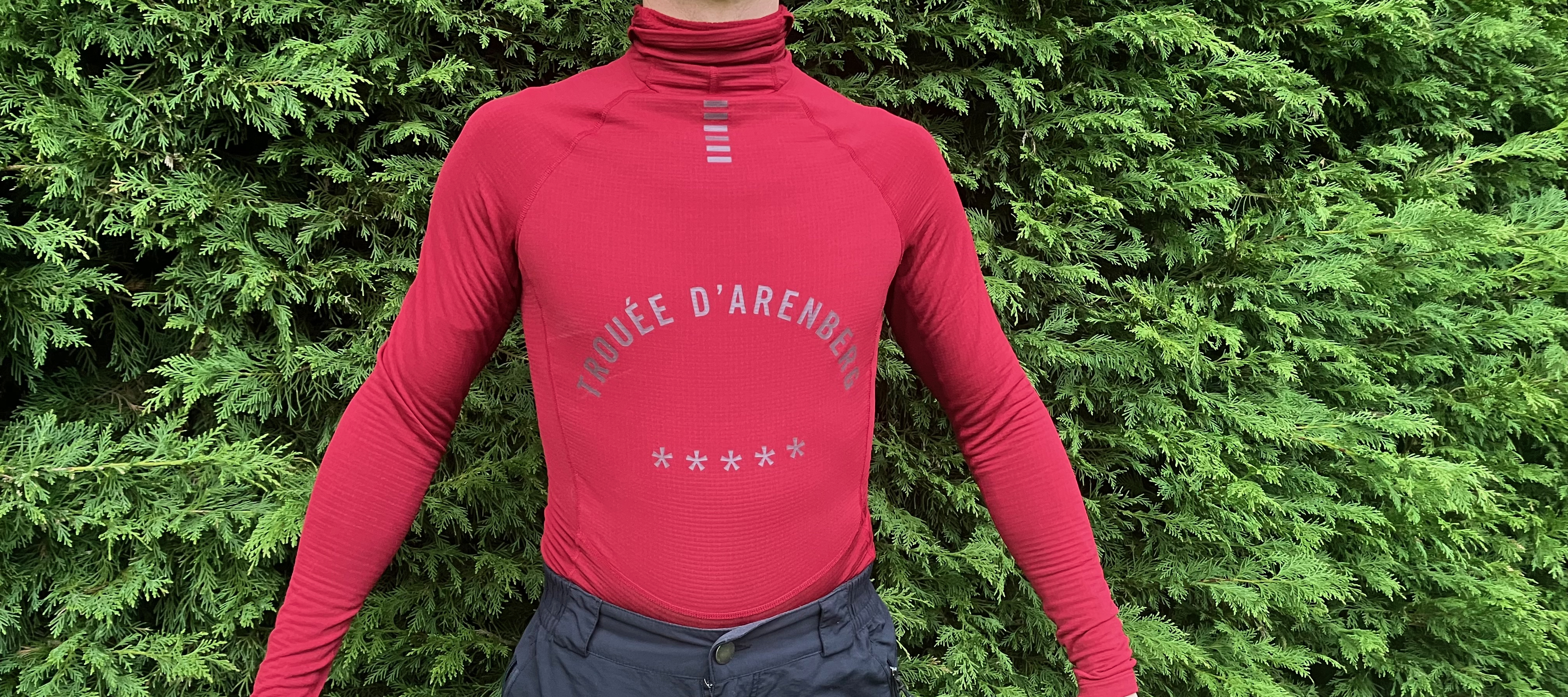
Specifications
Reasons to buy
Reasons to avoid
Rapha’s Pro Team Thermal earns its stripes among the best winter base layers for a number of reasons, and one of them is by sealing up the neck gap. I found that it made a surprisingly welcome difference on cold, steady rides, particularly below 5C / 41F, and it often helped me get out of the door in the grim, dark days of winter.
Aside from taming neck draughts, I appreciated the way the Pro Team Thermal did a lovely job of keeping my body warm without bulk, and wicking sweat from the skin. It uses a grid of tiny raised squares on the inside of the fabric, which traps warm air, and increases the surface area to draw sweat from the skin to the outside where it can evaporate.
I found it noticeably light for its level of warmth. The fit is on the 'racer' side of things, so erring towards a larger size will make it easier to pull on, as well as giving a bit more length in the body.
Read more in my full length Rapha Pro Team Thermal Base Layer review.
5. Best budget buy

Decathlon Van Rysel Essential Cycling Base Layer
Our expert review:
Specifications
Reasons to buy
Reasons to avoid
If you’re on a budget or you just want an extra everyday base to avoid putting your best bases in the wash so often, you’re going to be happy with the Essential Cycling Base Layer. It hasn’t got the frills or the super-stretch fit of pricier alternatives, but I found it warm and dry against the skin, slender enough, well made, and it’s the price of a couple of inner tubes (remember them?).
Testing it in temperatures from just above freezing to 8-10C, even under a rain jacket on the borders of overheating, I found it stayed surprisingly dry.
I can't deny that it feels unashamedly synthetic – not horrible and shiny, but not silky or soft – but it’s also the sort that comes out of the wash almost dry enough to wear. European outdoor-active behemoth Decathlon has a more premium line of cycling kit as well as this no-frills range, but in both cases you get the sense that it’s designed by people who actually use it.
For more info, see my full Decathlon Van Rysel Essential Cycling Base Layer review.
6. Best for coldest weather
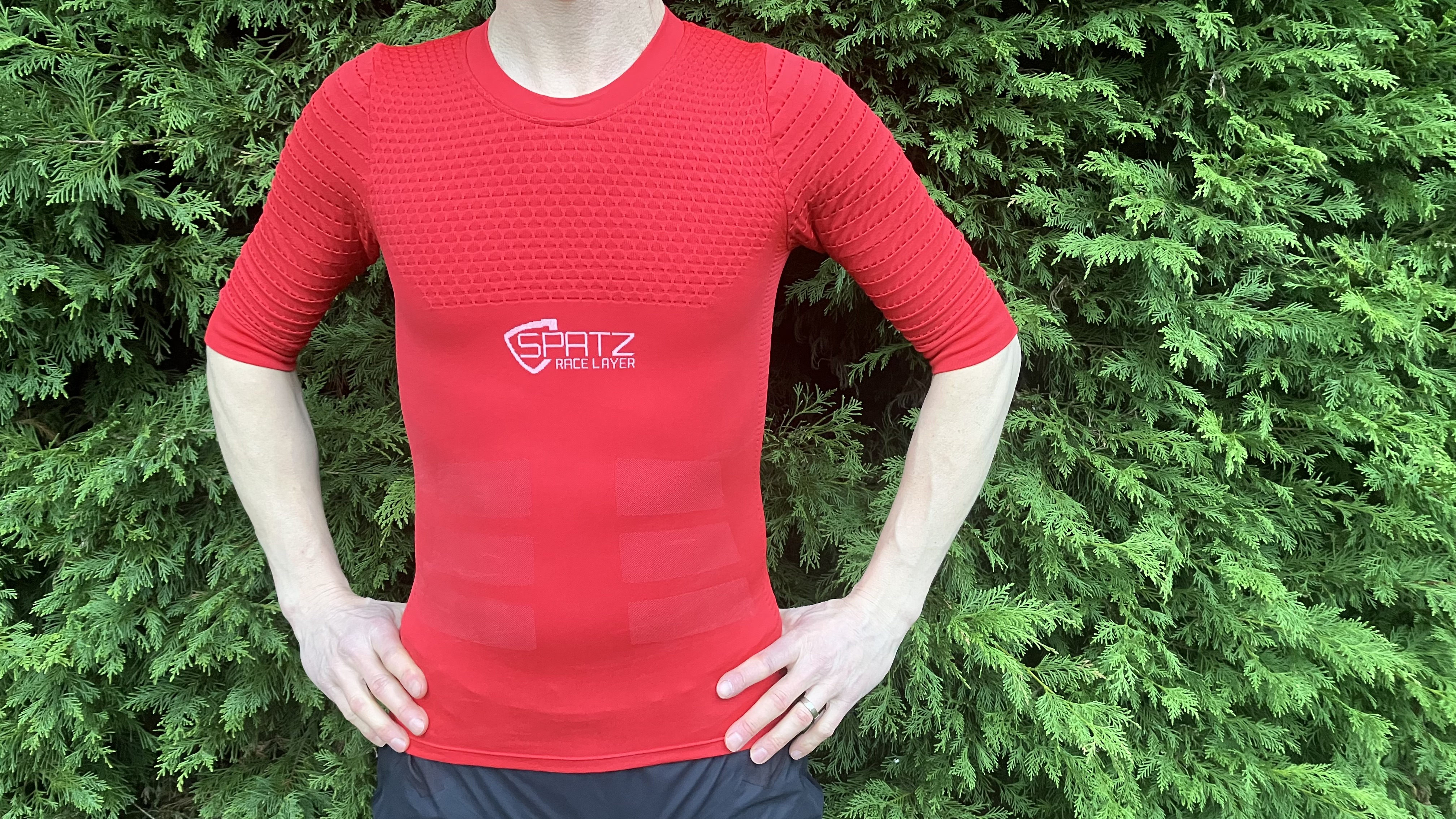
Specifications
Reasons to buy
Reasons to avoid
The Race Layer is a super-functional product from a Yorkshire company that specialises in keeping riders training through the depths of winter.
It's made from a dense polypropylene-based weave with a lot of stretch. The magic happens in the textured sections, which are woven in straight or waffled ribs, to trap air, allow easy movement, and increase the surface area for transport of sweat from the skin.
For steady riding in most winter conditions, I found that the Race Layer, a shell and arm warmers on or off, was a super-versatile combination. I was impressed by how it helped to give an extraordinarily constant and un-clammy body temperature, in outdoor conditions from just above freezing to just over 10C / 50F.
In milder weather I reckon it would have been great by itself, were it not for the fact that (like any snug base layer) it would have looked a bit intense.
There’s a long-sleeved version called the Basez 2, which has a rollneck and thumb loops to beat draughts.
Read more over at my full Spatzwear Race Layer review.
7. Best all-round outdoors wear

Specifications
Reasons to buy
Reasons to avoid
There’s no magic to it, but I loved how this soft, midweight merino top hit the spot nicely as both a relaxed spring all-rounder and a cold-weather base.
In winter, from temperatures of about 6C / 43F down to freezing, it worked well under insulated shells for the reassurance of more warmth than a thin base. And in spring, as temperatures got over double figures, I found it a nice top to start the day in under a light shell, knowing that it would also be comfortable by itself as the day got warmer. (Though I probably wouldn’t have wanted to drown it in mud too often.)
As every merino user reports, it did get damper than the synthetic alternatives, though mostly I only noticed that when I deliberately checked, since it does stay warm.
I could have worn a size smaller for a more traditional base layer fit, but for me that wasn't the point of this top: I'd have gone synthetic if I'd wanted more of a performance base. One thing it was good for as well as occasional cosy winter rides, was multi-day hiking.
See my Isadore Merino Long Sleeve review for more info.
8. Best lightweight long-sleeve
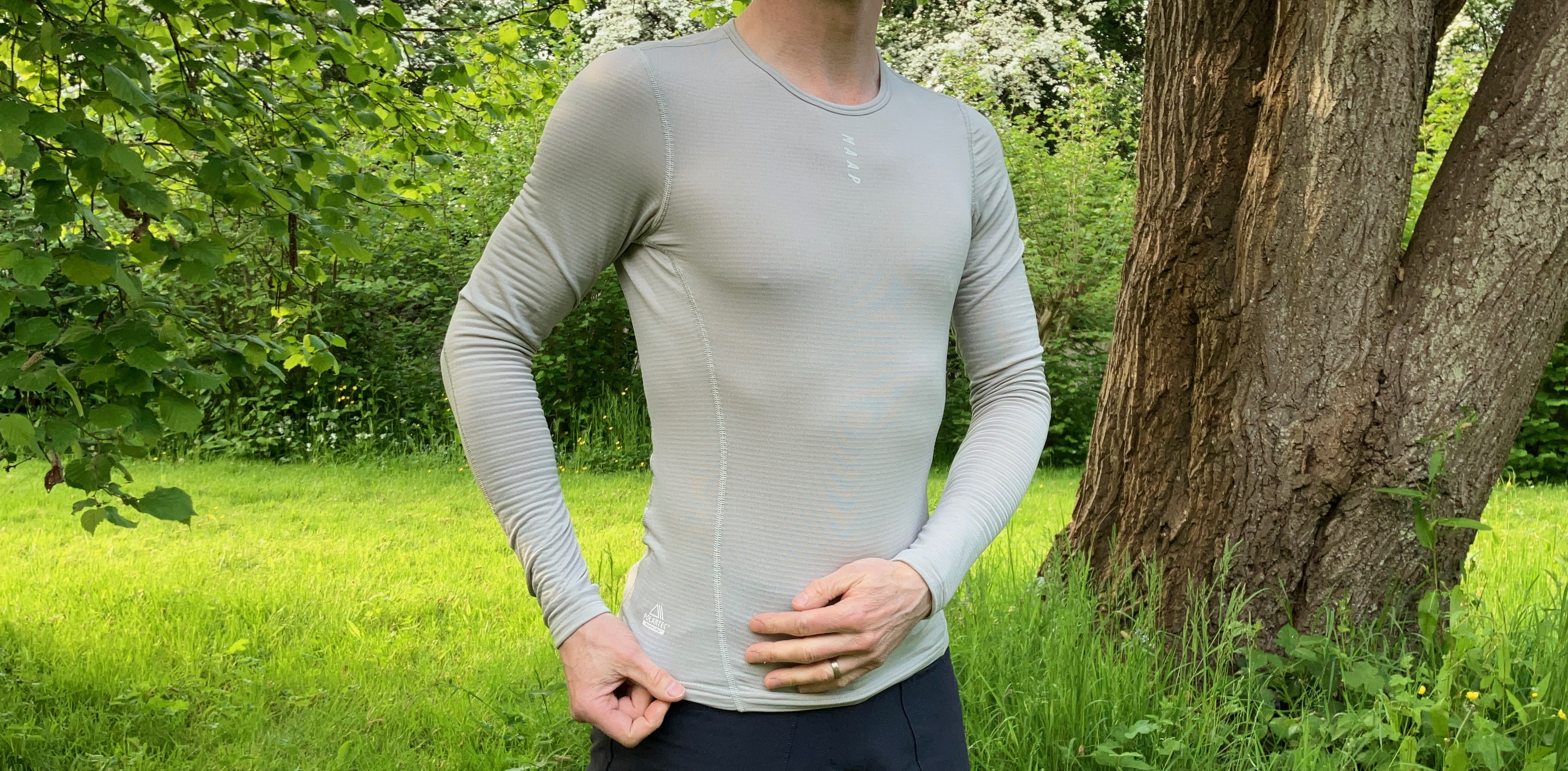
MAAP Thermal Base Layer
Our expert review:
Specifications
Reasons to buy
Reasons to avoid
The MAAP thermal long-sleeve base is made from the same excellent Polartec Power Grid fabric as the Rapha Pro Team Thermal, but with a more conventional round-neck cut, no slogan on the chest, and fractionally cheaper at £75.
Both have a similar snug fit, long body and generously long sleeves, though for lower temperatures I actually preferred the Rapha for its draught-excluding long neck which can be rolled right up to the chin. Polartec Power Grid is a gem and I'm surprised it isn’t used more widely; the tiny raised squares on the inner face did a brilliant job of trapping warmth while providing breathability and an extraordinary dryness
9. Best as a superlight mid layer
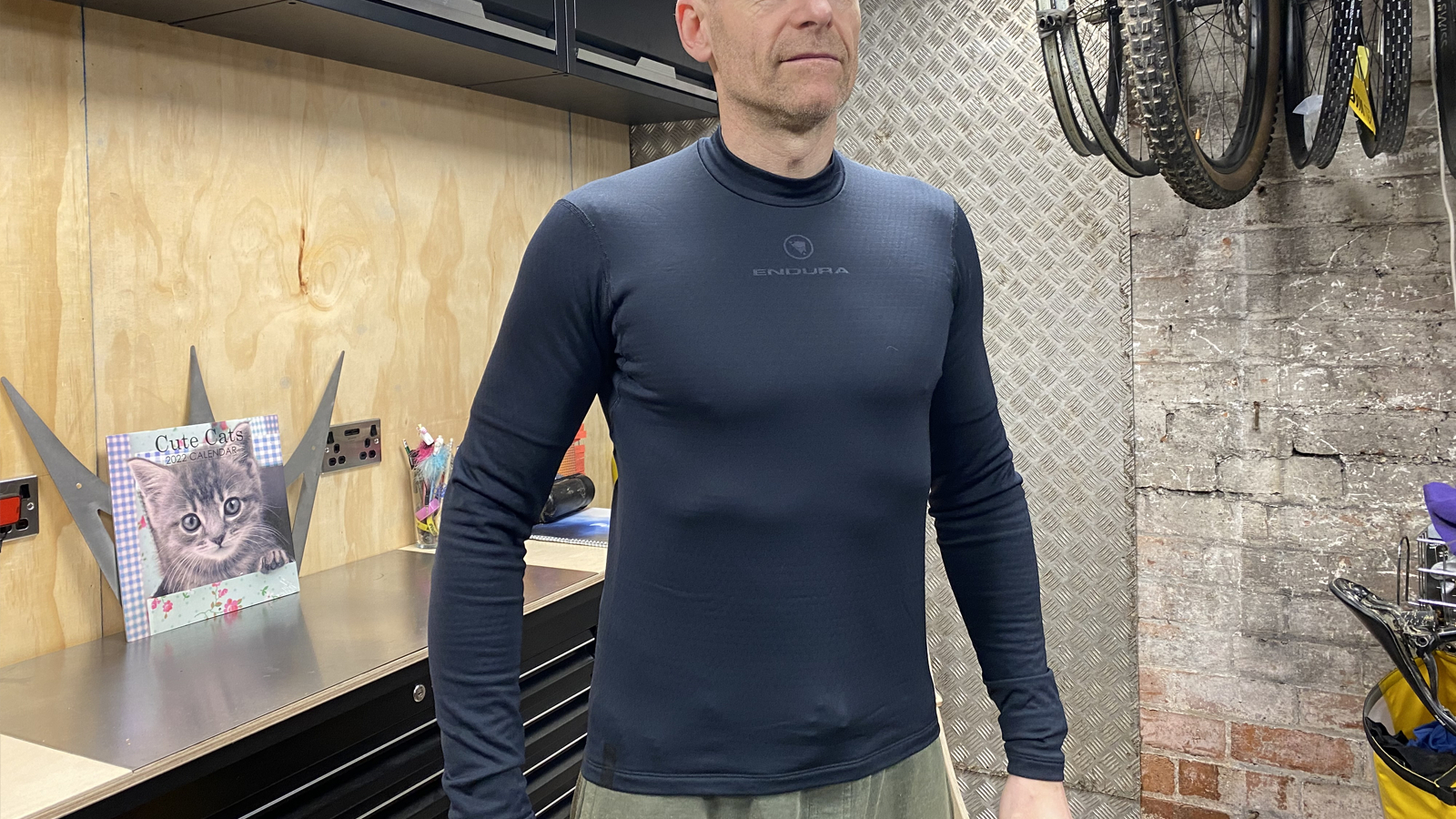
Specifications
Reasons to buy
Reasons to avoid
Endura’s stretchy Transloft base layers use a honeycomb fleece-backed fabric, with a bike-specific cut. Tester Guy Kesteven found they're at the warmer end of the spectrum, and slightly looser than most when he followed the size guide. He found this makes them a great lightweight, packable mid-layer, especially as they have a degree of built-in wind resistance.
The honeycomb fleece backing boosts warmth by trapping hot air in the ‘cells’, and Guy found that under a windproof shell the results are cosy without being too roasting once he started working hard. The cells also add extra space between the skin and wet shell fabrics so he found that he didn't feel as cold and clammy as normal if they wetted out on sweaty efforts.
The arm and body lengths are long enough that if you want a more classic snug base-layer fit you could size down. Like many, this comes in long- and short-sleeved versions.
See Guy's full Endura Transloft Base Layer review for more.
10. Best packable extra

Specifications
Reasons to buy
Reasons to avoid
If you want a really lightweight base layer that’s eco, ethical, heat efficient and economical without stinking or taking ages to dry, then Altura’s Merino 50 is one of the best that tester Guy Kesteven has cycled in (and he's cycled in plenty).
It’s a really thin, semi-opaque weave so there’s tons of stretch in the slim fit. Guy found that the minimal weight and bulk was ideal for packing away and speeding up the wicking/drying process. Obviously that meant it was not as warm as a thicker base but it was a lot more versatile in terms of when he could use it and being able to stuff it in a spare pocket just in case he needed it.
It’s a 50 per cent merino / 50 per cent synthetic mix, which makes it faster drying and easier to wash than pure merino, with most of merino’s odour-resisting benefits.
For more, head over to Guy's full Altura Merino 50 Long Sleeve Baselayer review.
How to choose the best cycling base layer for winter
How much do I need to spend on a winter base layer for cycling?
Cycling-specific winter base layers range from rare gems under $/£20 to a sweet spot of quality and value between $/£35 and $/£45, and a cluster of premium models all the way up to $/£70 or more.
As you pay more, you’ll more frequently see more sophisticated wicking yarns or combinations of fabrics, a better cut, or extra features like odour-beating treatments, but you’ll sometimes find these on the better cheaper models too.
What should I look for in a winter base layer for cycling?
The main ingredient of a winter base layer is a good wicking fabric – one that moves sweat from the body. That’s usually polyester, sometimes polypropylene or nylon, and never cotton, which just holds on to sweat. A fairly close fit with a little bit of stretch enables moisture wicking to work properly, and means the base sits unobtrusively under your jersey.
You also want a generously long cut so it stays tucked in as you lean forward on the bike. A good cut around the shoulders and armpits avoids bunching or pinching, and flat-locked seams can add comfort. A few winter base layers have turtle necks or rollnecks, which are great for draught exclusion but more limited for temperature regulation.
More sophisticated fabrics might be textured against the skin, which can both retain useful warmth and feel drier. A mesh fabric – either a fully open mesh or a close-weave mesh – can look a bit unusual but is ideal for breathability, moisture movement, and, if you have a zip jersey, for dumping excess heat. It makes sense in winter base layers as well as summer ones, as the mesh retains warmth when you have a zipped-up layer on top.
What’s the difference between a summer and winter base layer?
They’re similar in that they move moisture from the body, but a winter base is also designed to trap warm air in its fabric. The truth is that many base layers will do very nicely for at least three seasons; you just might want something specific for the hottest summer months or the coldest winter ones. (A summer base layer can also add a bit of extra warmth under a winter base too, in the most frigid conditions…)
Is merino wool good in a base layer?
Merino is a soft, fine wool that has a lot going for it. It’s comfortable, it retains and regulates heat nicely, it can be worn for multiple days without getting smelly, and the fact that it stays relatively warm when damp. Trouble is, it does hold on to moisture much more than a synthetic fabric, so for many cyclists, especially working at sweatier intensities, it’s not great in winter with other layers over the top. Two of the base layers in this buyer’s guide combine merino with some synthetic fibres, which gives you some of the qualities of both.
How does wicking actually work?
Wicking moves sweat from the body to the outside surface of a fabric, where it can evaporate. It works by an amazing process called capillary action, which causes liquids to flow to fill narrow spaces. In our case, the narrow spaces are the microscopic channels between the specially designed fibers which make up the yarns of our wicking fabrics.
These fibers can be created in different shapes, and different weaves affect the efficiency of the wicking, all of which explain why wicking fabrics don’t all behave in the same way.
How we test cycling base layers
We've pushed these cycling base layers to their limits over several months to see how they perform in a range of temperatures and intensities. The criteria we've assessed them for include warmth, wicking, fit, comfort, style, and value.
Meet the testers
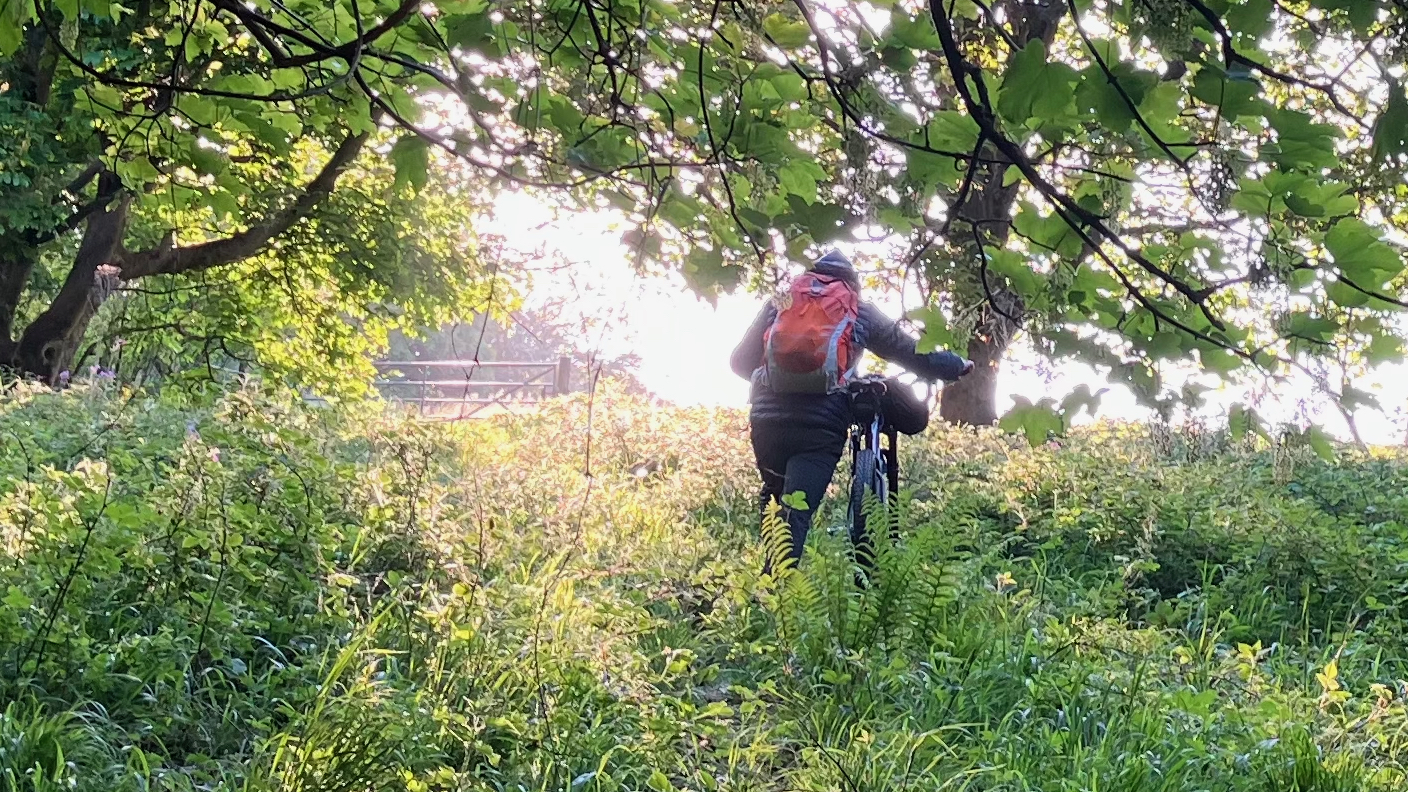
Sean ends up in plenty of sweaty bike situations throughout the year, so it's been great to test these base layers back to back, in temperatures from freezing to low teens. He's mostly been using them for XC and gravel, with some bivvying, road, turbo and commuting thrown in, under a range of jackets and jerseys.

Guy's been testing and experimenting with mountain biking clothing all year round since the 90s, and he's not one to fall for marketing fluff. If he tells you you need a decent base layer, you need a decent base layer. Luckily he knows that needn't be expensive.

Sean has old school cycle touring in his blood, with a coast to coast USA ride and a number of month-long European tours in his very relaxed palmares. Also an enthusiastic midpack club cyclocross and XC racer, he loves his role as a junior cycle coach on the Kent/Sussex borders, and likes to squeeze in a one-day unsupported 100-miler on the South Downs Way at least once a year. Triathlon and adventure racing fit into his meandering cycling past, as does clattering around the Peak District on a rigid Stumpjumper back in the day.
Height: 173cm
Weight: 65kg
Rides: Specialized Chisel Comp; Canyon Inflite CF SLX; Canyon Aeroad; Roberts custom road bike
